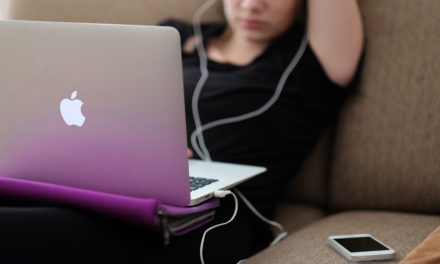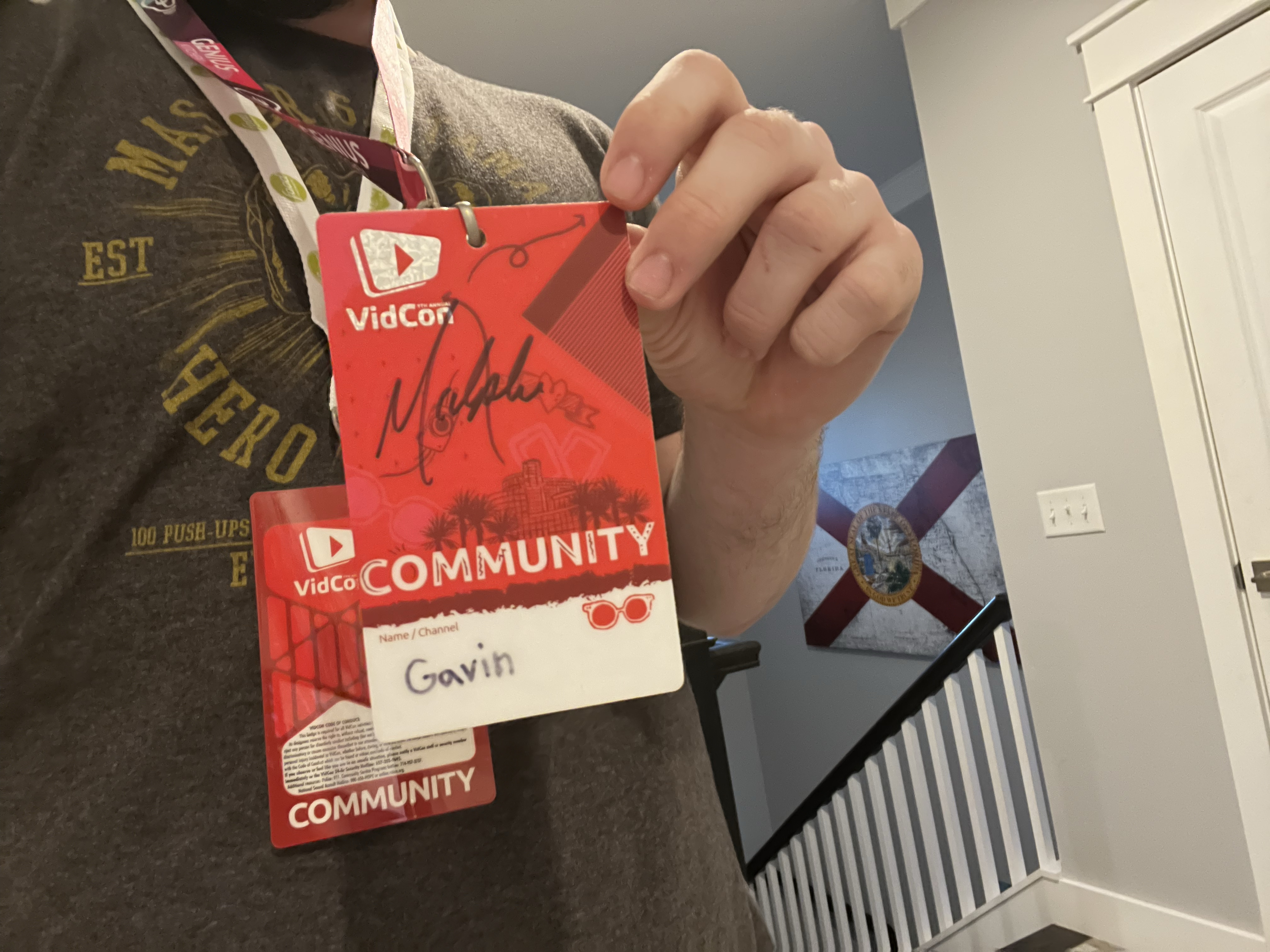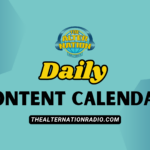Photo by Priscilla Du Preez 🇨🇦 on Unsplash
When we talk about books, we need to look at the cost, size, and weight, where the EBook is all contented in a tablet. Students all have their feelings about textbooks some like the feel of the book in their hands where others don’t care about that.
In 2011, Alex Thayer of the University of Washington conducted a study on e-reader use for educational purposes. Each student was given a Kindle DX loaded with books in the fall; by spring, just under 40 percent of them had stopped using the reader. Why? Usability issues. (Boris, 2012) When we study a textbook we use cognitive mapping to locate information on a page, this is not available on an e-reader. Cognitive mapping is the visual cues we remember that help us find information or word on a page. So you say there is a search function on the e-reader, but this is notoriously weak in most e-readers. When students of Arizona State University surveyed the resolves showed, one student stated: “I believe that the possibility and likelihood of distraction are too high when it comes to online learning tools like textbooks.” (Schaub, 2016) The founding show that about 92% of the college students that were surveyed would want to have paper books in hand over electronic devices.
The e-readers and tablet have one big advantage they are easier to carry than that heavy backpack which can cause severe damage to the spine. The e-reader does not have the issue of being bulky when traveling. The average e-reader can hold up to 3,500 books and weighs one and a half pounds could you image what 3,500 books weigh.
Then we must look at the cost, do remember the students want printed books. The average textbook cost around $200, when we multiply that by the number of class that a student has that can bust the budget. Where an e-book may cost have the price you can’t sell and e-book back.
When we look at textbooks we need to look at what the students want, they have clearly said that printed books are better they ebooks. The cost, weight, and resale has been taken into consideration. After all that what we are going to college for in the first place to remember what we learn.
Boris, C. (2012, July 17). 4 pros and cons of e-readers vs. textbooks. Retrieved February 20, 2017, from http://www.today.com/parents/4-pros-cons-e-readers-vs-textbooks-flna2D80556082
Schaub, M. (2016, February 8). 92% of college students prefer print books to e-books, study finds. Retrieved February 20, 2017, from http://www.latimes.com/books/jacketcopy/la-et-jc-92-percent-college-students-prefer-paper-over-pixels-20160208-story.html
ABOUT THE AUTHOR
Maryann
Student Author - Spring 2017
Maryann is a designer, front-end developer and family gal. I like to doodle over fonts and pour through code. Designing web interfaces has to be one of the most challenging and rewarding careers, next to teaching. Requiring constant upgrading of knowledge, meeting demanding deadlines and finding solutions to criticism. And that’s why I love it. In my spare time, I spend as much time with my family Geocaching and playing Pokemon Go. I have an incredibly family and patient husband, James and three wonderful children. Chances are, you’ll find me either in front of a computer screen, at school, or with my family.









